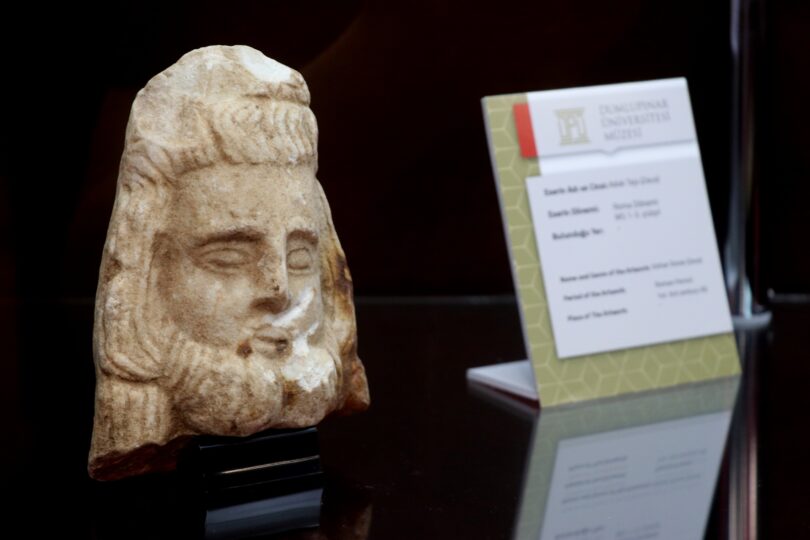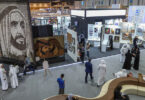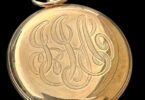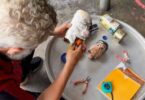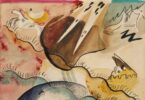ISTANBUL (AA): The newly established archaeological museum at Kütahya Dumlupınar University (DPÜ) campus sheds light on the city’s history with its extensive collection of millennia-old artifacts.
Located near the Bedesten, within the Evliya Çelebi Campus, the museum showcases artifacts dating back to the Early Bronze Age and the Roman period, thanks to a two-year effort led by the Faculty of Fine Arts.
The museum reflects the 5,000-year history of the nearby Seyitömer Mound in the Seyitömer district of Kütahya, predominantly known for its ceramic production materials.
Levent Mercin, dean of the school, stated that Kütahya had been home to numerous civilizations for thousands of years, making it a city rich in archaeological heritage. He emphasized that the primary goal of establishing the museum was to raise awareness among people about the cultural wealth of Kütahya, as well as promote the treasures of Türkiye as a whole.
Mercin mentioned that the museum has been open to visitors for approximately one month and has garnered interest from students and their families. He highlighted that the museum is strategically located within an area frequently visited by students, allowing them easy access to the historical and ethnographic richness of Kütahya. Mercin also noted that the students have already begun taking photos in the museum and sharing them on social media platforms.
One of the notable features of the museum is the presence of an archaeological park, showcasing ancient stone and marble artifacts in the open area in front of the museum, according to Mercin.
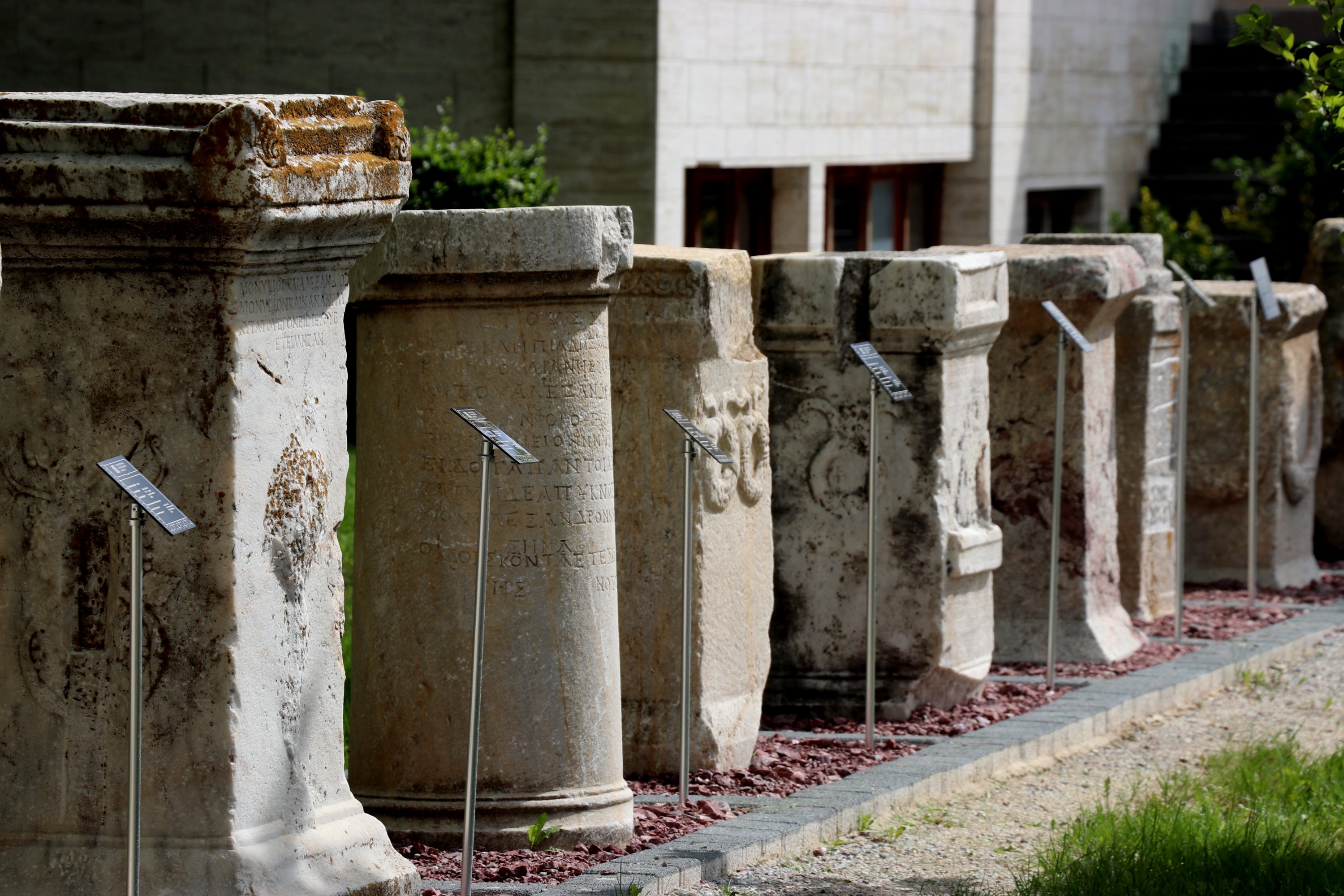
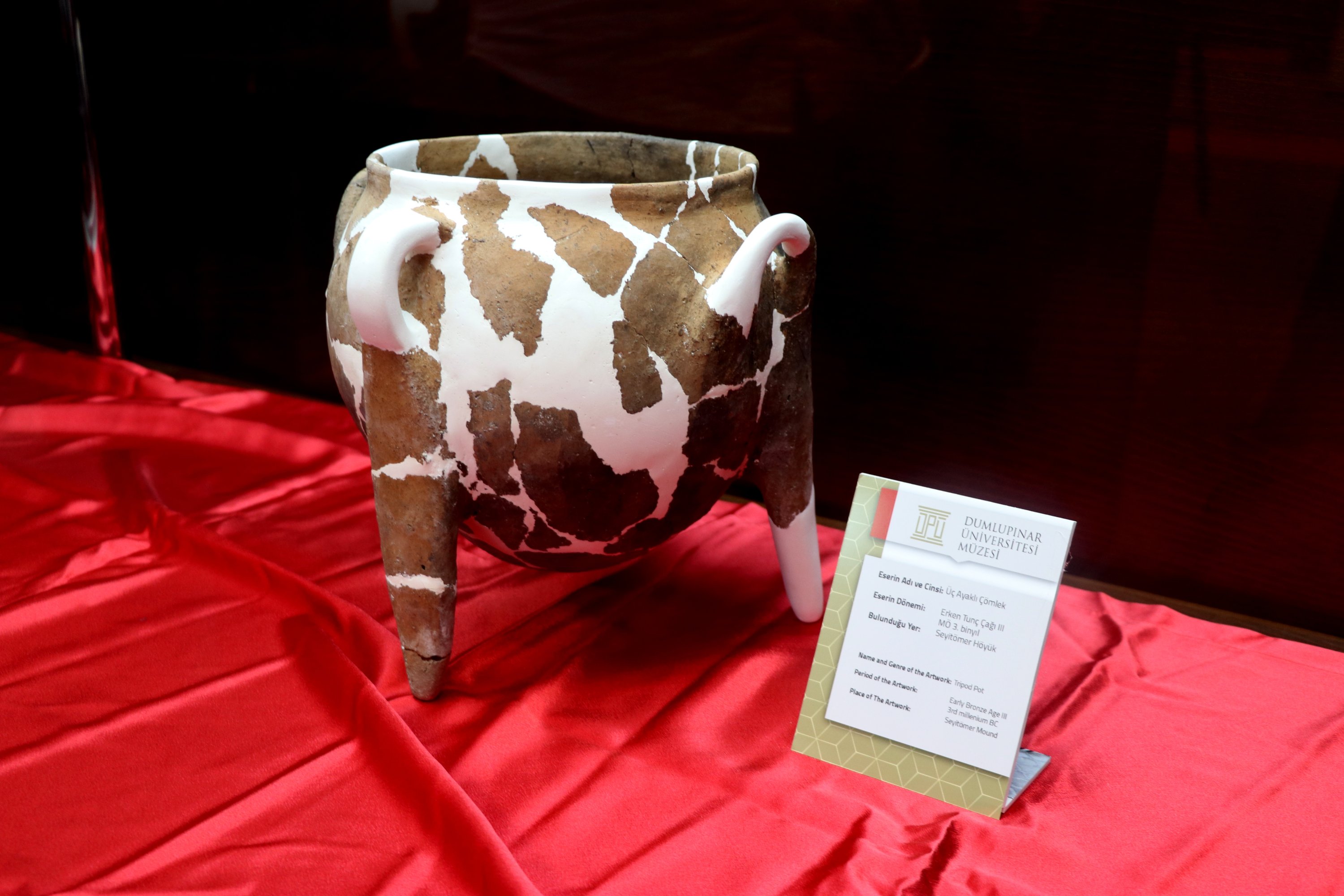
Ceramic production artifacts
Fatma Çağım Özcan, the museum director, explained that the exhibited artifacts shed light on a 5,000-year history. She stated that the museum showcases around 300 artifacts from the excavations at Seyitömer Mound, including a collection of earthenware and stone objects.
“The earthenware collection ranges from ceremonial vessels to everyday-use containers, featuring items such as tripod pottery, spout-necked jars, bowls, and various forms of weights used in weaving and brushes used in ceramic production. The stone collection includes artifacts discovered in different regions of Kütahya, including the central district, Altıntaş, Aslanapa and Simav. Notable stone artifacts in the collection include funerary stelae, votive stones, and remarkable offerings made for deities such as Zeus, Cybele and Hecate,” she said.
Özcan also mentioned that some of the artifacts in the museum provide insights into the belief systems of the Roman period.
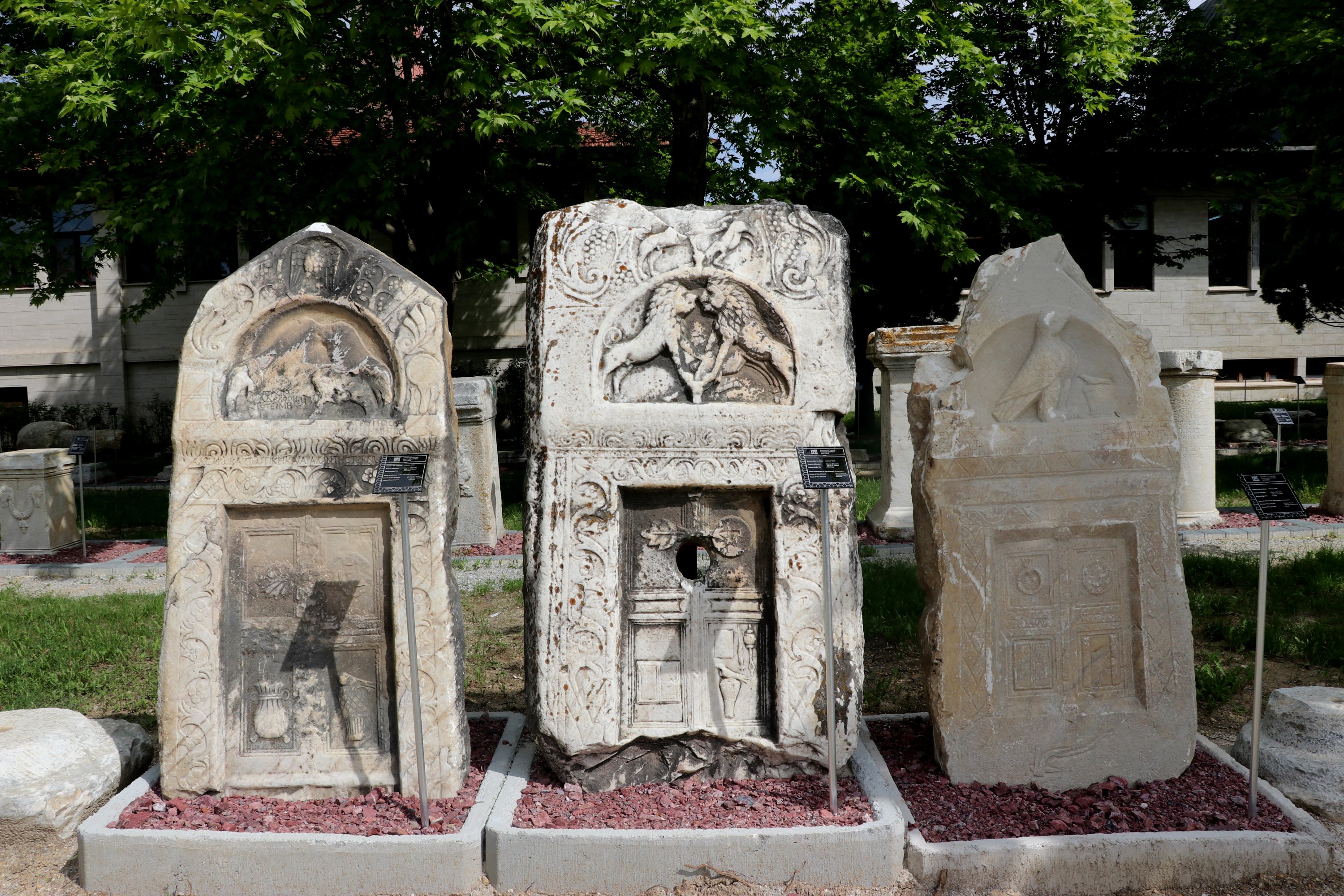
Seyitömer Mound, with a history dating back to 3000 B.C., is located 26 kilometers from the city center, within the Çelikler Seyitömer Power Plant premises. Excavations at the mound began in 1989 by the Eskişehir Museum Directorate to extract the underlying lignite for economic purposes. The excavation was conducted by the Afyonkarahisar Museum Directorate between 1990 and 1995.
Since 2006, the excavations have been directed by the Archaeology Department of DPÜ, following a protocol signed between the General Directorate of Turkish Coal Enterprises and Kütahya Dumlupınar University. The excavation was carried out by a team consisting of faculty members, students and workers until 2014.
Since 2019, the Kütahya Museum Directorate has led the rescue excavations.

